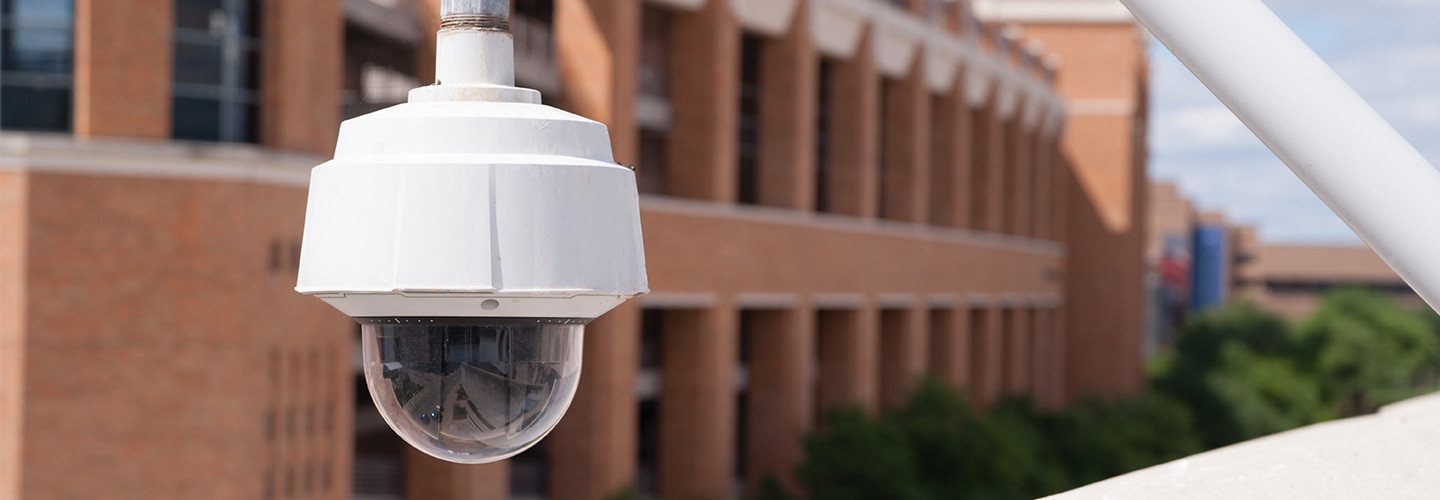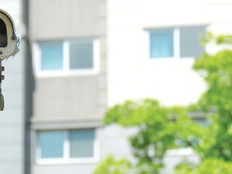Partnerships Between IT and Physical Security Improve Campus Safety
Maintaining staff and student safety is a top priority for campus leaders, who must be mindful of threats that simply weren’t on the radar decades ago. Today, protecting these communities requires close coordination between IT and physical security teams. Campus safety officers now rely heavily on technology to do their jobs. The border is blurred between two departments that, in the past, could operate independently.
Consider smart readers, connected to the campus network, that control building access. IP-enabled video cameras collect digital footage, which officers can sort through quickly using data analytics software.
Emergency alerts may be distributed via digital signage, mobile apps and other Internet of Things technologies. With these close ties, IT and physical security teams can no longer afford to stay on their own sides of campus. In fact, some organizations are moving their physical security staff from facilities directly into IT departments, writes George Howard, a CDW business architect for video surveillance and physical security, in “The Digital Transformation Insight Report.”
IT and Physical Security Must Coordinate Campus Crisis Response
The Research and Education Networking Information Sharing and Analysis Center, more commonly known as REN-ISAC, recently launched a series of workshops designed to bring these two stakeholders together. In an interview with EdTech, Executive Director Kim Milford explains that in many cases, these groups were meeting for the first time. REN-ISAC recommends a holistic approach to security that reflects our new reality, Milford says: “In this new world we’re in, the threat is not physical or cyber — it’s both, most of the time.”
She gives the example of an extreme weather event, such as a hurricane, affecting a university. If a huge number of worried parents hit online resources at once to check on their children, a denial of service event could result. A data breach could have both online and physical consequences. If IT and physical security teams don’t have an established working relationship already, their response to such events may be less effective.
The University of Central Florida learned this the hard way in 2013, when an armed student made a plan to pull a fire alarm in a building and shoot others as they evacuated. As reported by Campus Safety, the student was not able to carry out his plan, but the case did highlight the need for better coordination between campus police and IT staff.
Although UCF’s IT pros understood the networking requirements behind digital video systems, they didn’t have the same perspective a physical security specialist would, such as camera placement, video storage and frame rate resolution. When UCF police responded to the active-shooter incident, they weren’t able to obtain real-time information from the video surveillance system, which impeded their response. After the incident, UCF took action to address these issues, including hiring a staff member to manage physical security technology and coordinate with IT.
Digital Transformation Can Bridge the Security Gap on Campus
In many ways, this shrinking divide mirrors the larger transformation taking place across higher education and other fields. As Howard writes, “The digital and physical have started to cross boundaries and intermingle in ways that are benefiting businesses across different industries and different sizes.” One emerging capability, the integrating of student IDs into Apple Watches, is an example of elevating security through technology to provide another layer of protection.
One of the biggest drivers of digital transformation is data, which is rapidly emerging as one of the most powerful tools on campus. Data-driven insights can improve security in the same ways they are helping to boost students’ academic performance and improve administrative functions. As Howard notes, “The evolution of IP cameras, IoT and video analytics have opened the door for data to play a crucial role in improving safety and security.”
By working together, IT and physical security teams can combine their expertise to take full advantage of these developments, ensuring that every solution and every process are deployed for maximum benefit.
This article is part of EdTech: Focus on Higher Education’s UniversITy blog series.










